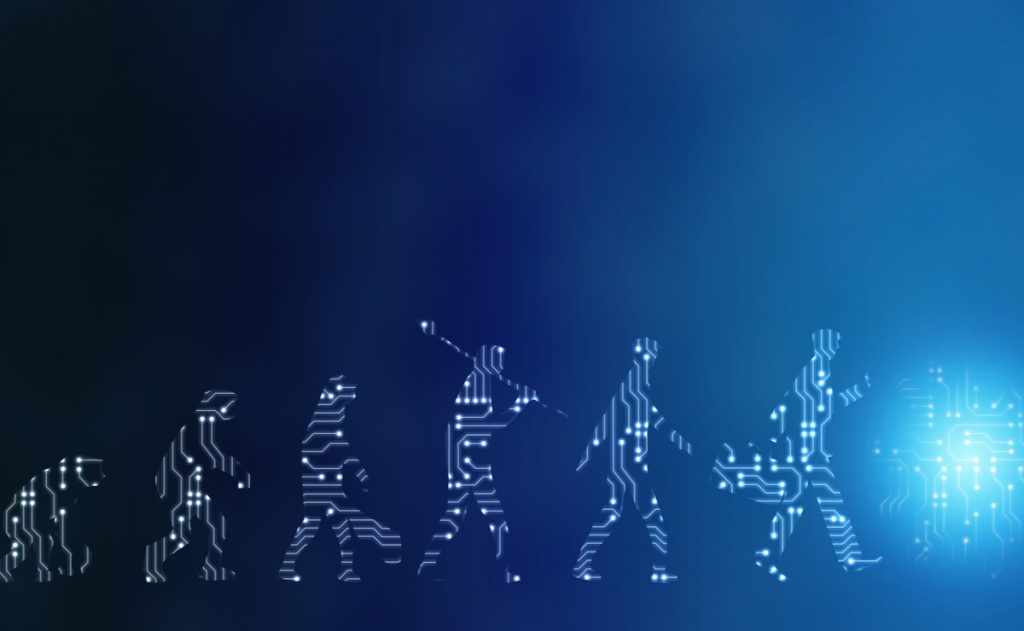The era of COVID-19 has already reflected on how the survival of the fittest matter. It can be in terms of both life and business. Different scenarios in pandemics have thrown light on how strong a person is in terms of immunity, as he could not be saved from getting affected by a coronavirus. Similarly, how strong the business foundation is, it can get exhausted overnight.
Digital Darwinism reflects on the concept of those businesses that can adapt to technological changes to survive. This depicts the modern-day version of Charles Darwin’s Theory of Evolution by Natural Selection which signifies that – only species with traits that enable them to adapt to their environment can survive and reproduce.
According to this modern world, technological progress often results in the evolution of consumer behavior. If businesses failed to adapt to these changes, they might soon fall out of the race that can eventually cease to exist.
Social media, wearables, mobiles, and the internet of things (IoT) are just some of the constantly disrupting markets. Changes in how people communicate, connect, and discover incredible implications for businesses and just about anything where people are involved. Technology is part of everyday life and is relentless in its barrage on humanity.
But the real threat and opportunity in technology’s disruption lie in the evolution of customer and employee behavior, values, and expectations.
Thus, this marks the time of Digital Darwinism — an era in which technology and society are parallelly evolving faster than businesses and can naturally adapt. This builds the stage for a new era of leadership, a new generation of business models, holding behind a mantra of ‘adapt or die.’
The American Enterprise Institute conducted a study comparing Fortune 500 companies between 1955 and 2017. It was found that 429 out of the 500 companies in the world no longer exist, meaning only 12% or 60 companies remained in both lists. While the remaining companies were either bankrupt, acquired by other firms, or could not make profits as much as they used to.
Most of the companies could not survive or adapt to consumer behavior changes brought by technological advancement. Such scenarios are the perfect example of digital Darwinism.
In a volatile society where the digital revolution constantly changes such as how people consume, communicate, and get information – companies must adapt to survive.
Past instances of digital Darwinism
Following examples can help get the idea behind digital Darwinism –
- Polaroid Corporation
Polaroid Corporation introduced the artificial polarizer that became the foundation of its products. It was famous for instant cameras, manufactured glare-free lamps and density windows for trains, and sold infrared night-viewing devices.
The company was doing great with annual revenue of about USD 3 billion and more than 20,000 employees. In 2001, the company couldn’t fulfill the growing demand from film to digital cameras; it was bankrupted and forced to sell its assets. In 2017, another firm acquired the Polaroid Corporation brand and intellectual property and was rebranded as ‘Polaroid.’
- Sears and Toys R Us
Till the 1980s, Sears was considered America’s largest retailer, later concurred by Walmart, which remains the largest retailer today. In the last 15 years, the company that owns Sears has closed over 3,500 stores.
At its peak time, Toys R Us was the largest toy store, with more than 800 stores in the US. Later in 2018 company landed in bankruptcy, compulsed to close multiple stores.
Sears and Toys R Us couldn’t adapt to the e-commerce bandwagon and thus had to struggle. It had to undergo a major loss as consumers started buying products online.
Not adapting to the new consumer behavior of online shopping is the major reason the company falls.
- Borders
Earlier, Borders was among the most popular bookstores and a great place to hang out. In the following years, the company was expanded on a large scale, opening several book retail stores.
Later, the invention of the internet made way for online shopping. Looking at the situation, Borders customers were redirected to Amazon. Instead, creating an e-commerce website would have helped Borders save its brand.
Next, Amazon introduced e-books and e-readers. Borders started to fall apart as it couldn’t catch up with the digital trend. As a result, it filed for bankruptcy and closed about 400 bookstores.
Businesses need to be adaptive
It is evident that how advancements in technology have brought about changes in consumer behaviors. And the featured companies have very well executed an example of what digital Darwinism is and why businesses must adapt to change.
Businesses need to know their customers and their evolving needs. Undoubtedly, companies with a wide range of operations cannot easily digitize themselves, but as soon as it starts practicing, it can master it.
However, brands that have moved swiftly to master digital channels are gaining a deep understanding of customer preferences, crafting digital experiences, improving offerings via social feedback, and establishing a competitive advantage that may be difficult to beat.
For more information visit our latest whitepaper on digital Darwinism and other related technologies here.














